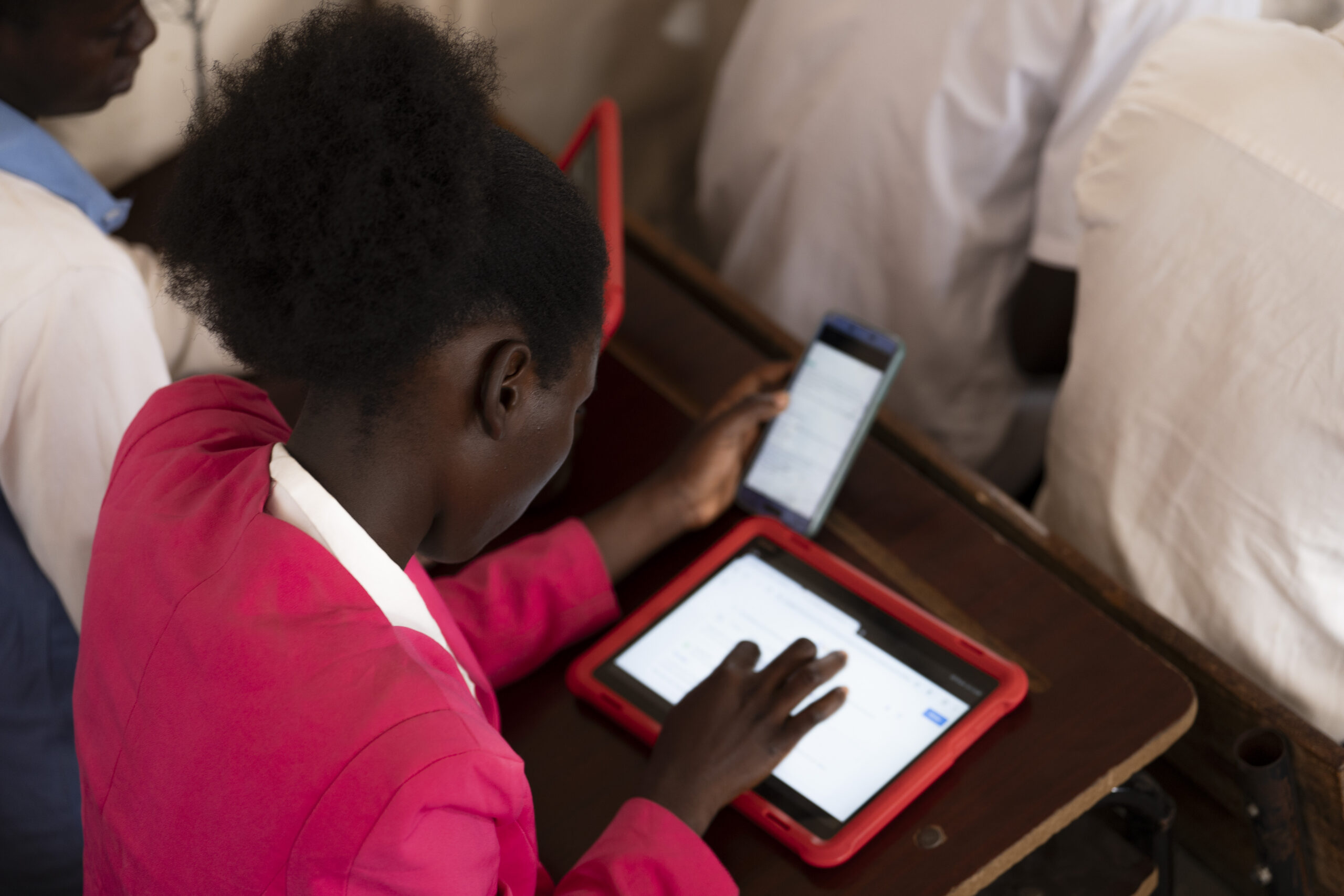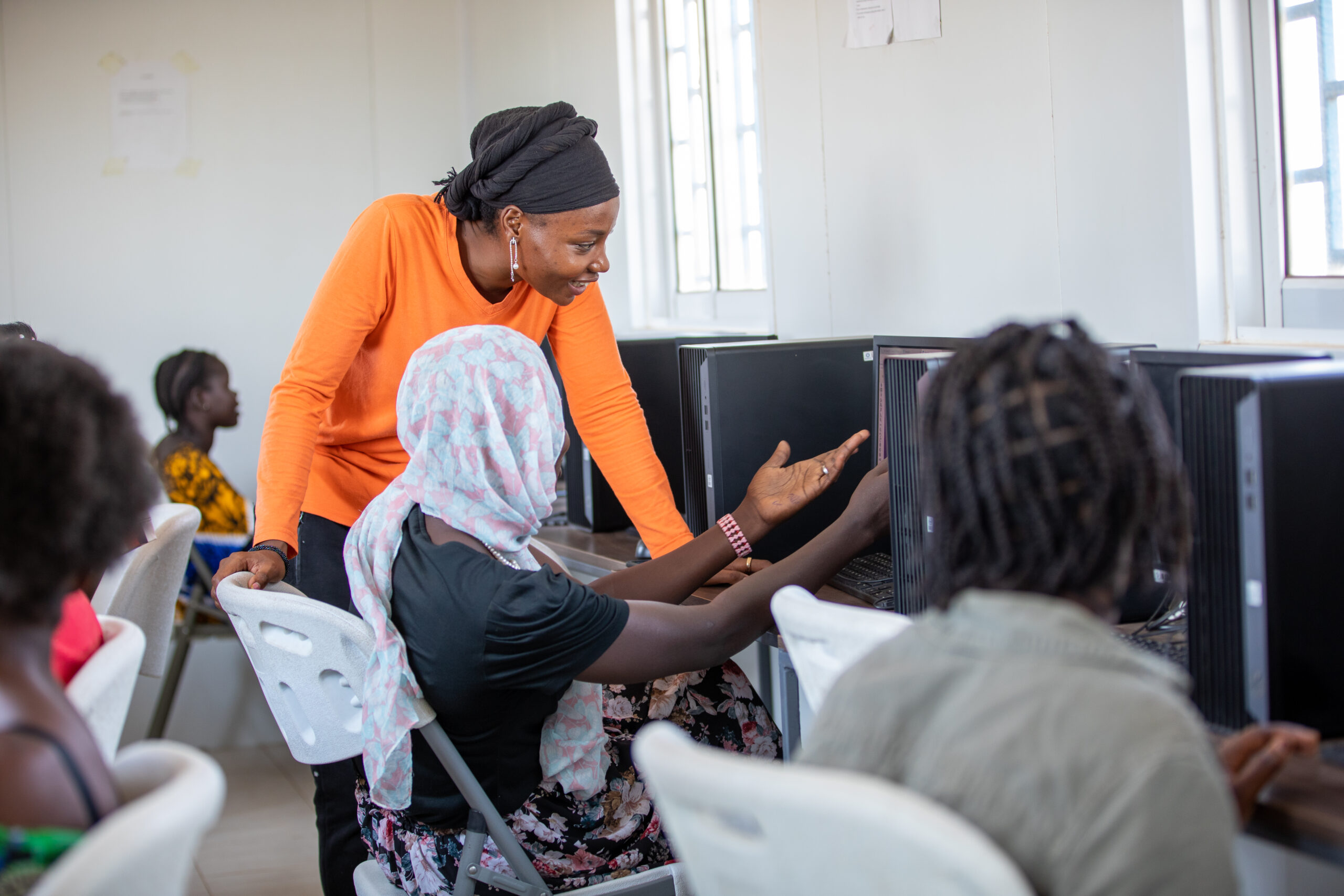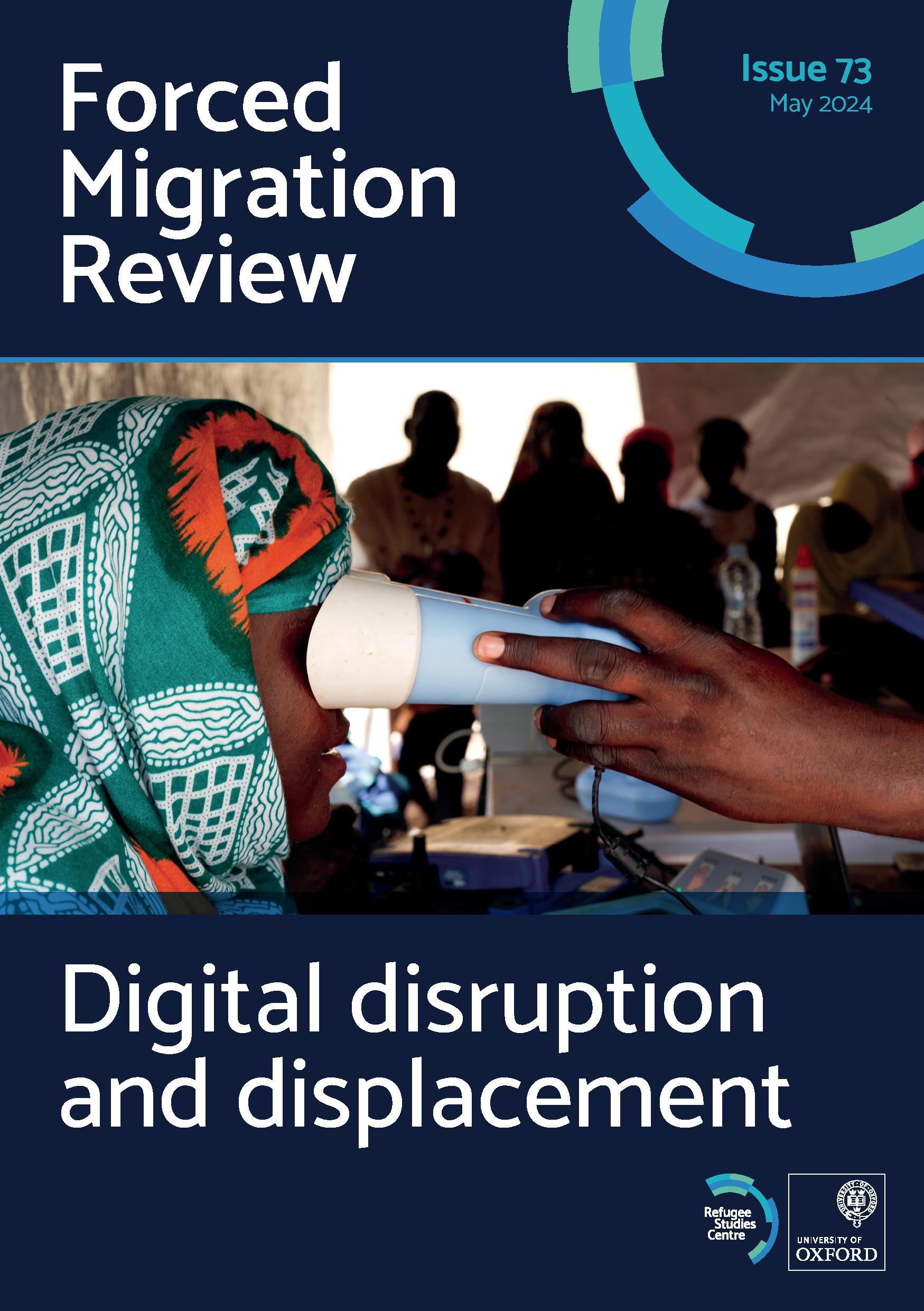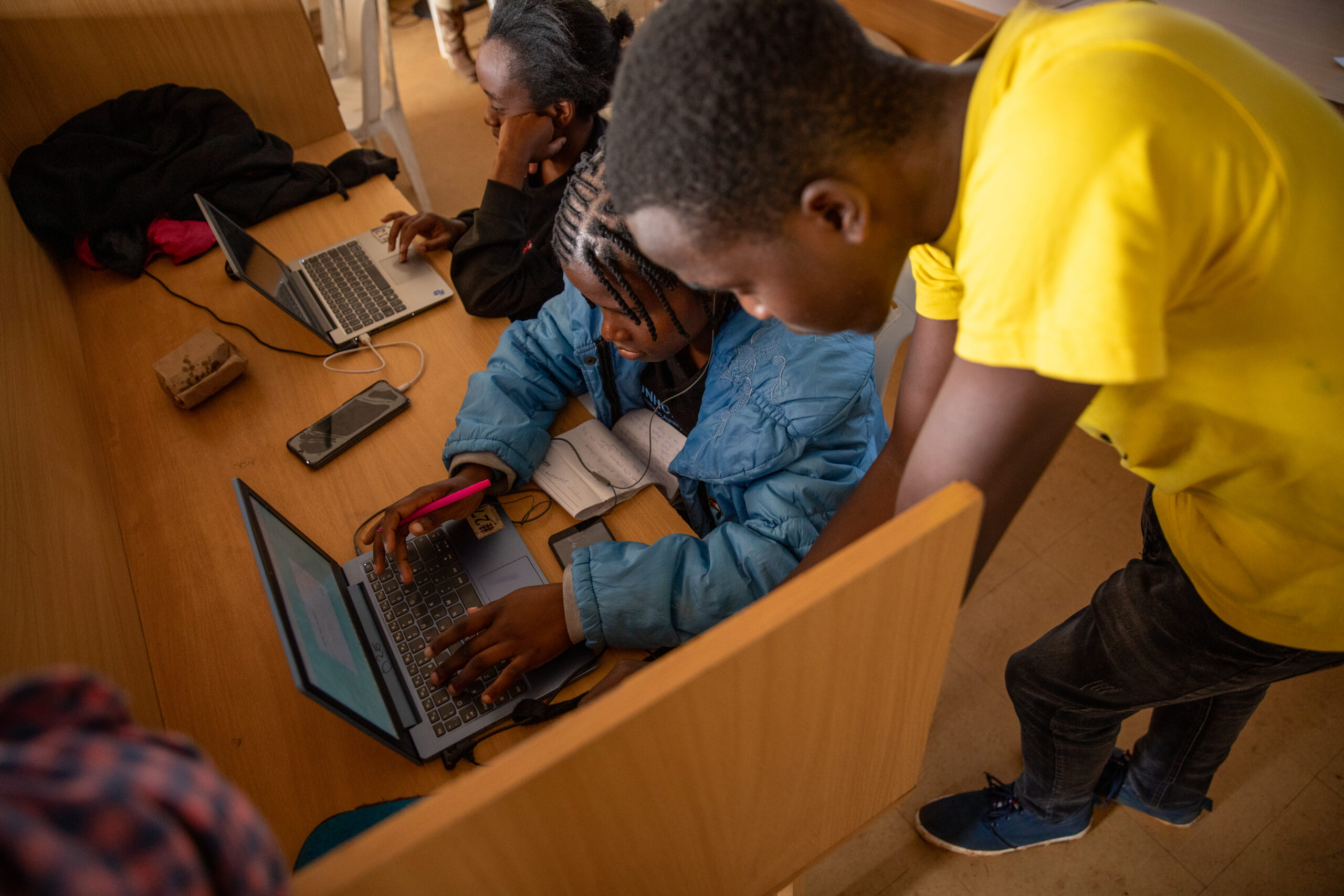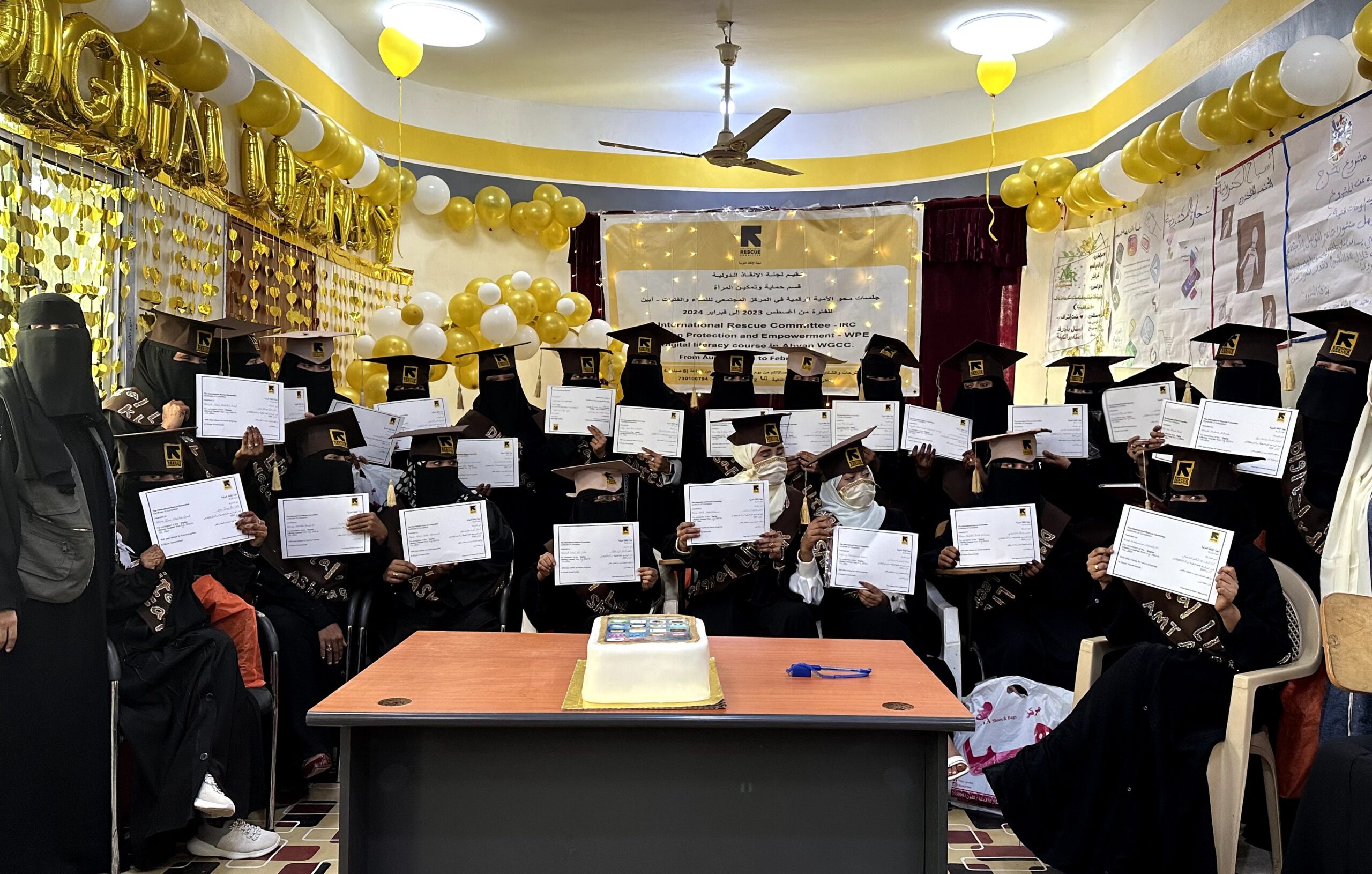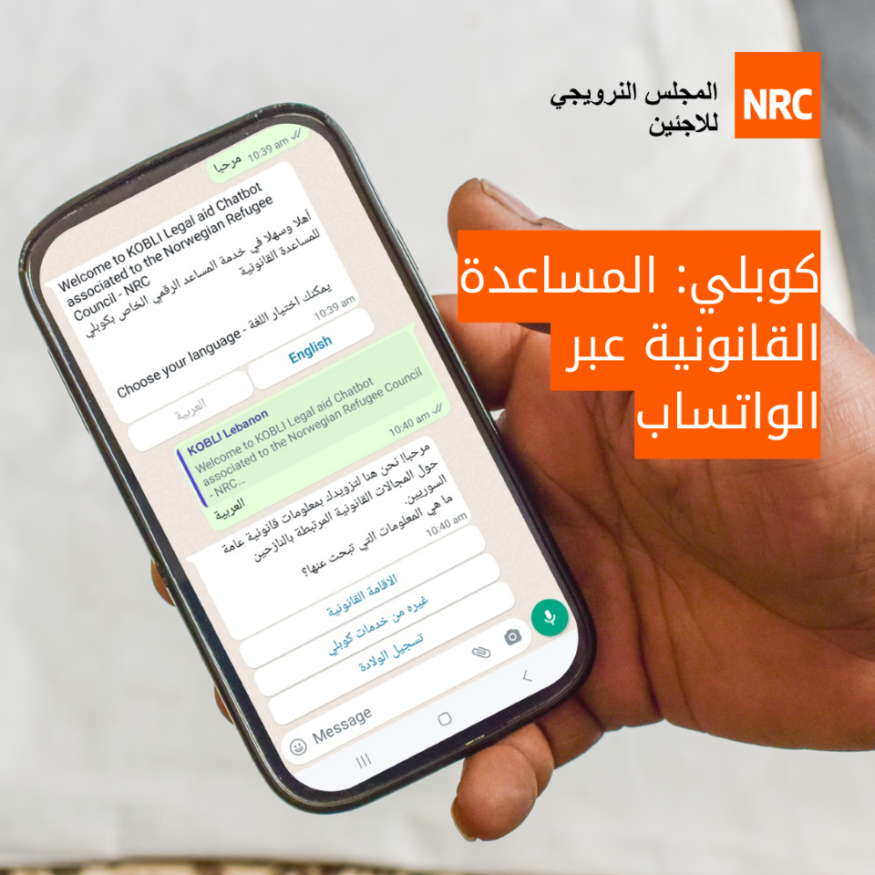Foreword – Navigating digital opportunities and risks
More than ever before, digital technology is integral to the lives of forcibly displaced people and the humanitarian systems they interact with. The connected society has the potential to improve the day-to-day lives of millions of people on the move. Ensuring that access to this technology develops equally, and that both the benefits and risks in its use are considered carefully, involves complex challenges.
Foreword – Building a responsible digital infrastructure
Digital technologies are transforming the way human mobility is experienced and managed across borders. This issue offers insights into the different ways in which technologies are changing displacement-related settings around the world: from predictive modelling to anticipate climate-induced migration, biometric data collection in humanitarian operations and asylum seekers’ experiences using the CBP One app in Mexico, to the use of mobile phone data by the Dutch and German authorities, and opportunities and challenges presented by the digital platform economy. These examples illustrate the often ambivalent nature of technology and the importance of context and nuance in understanding their implications.
Refugee experiences of identity documents and digitisation in India and Myanmar
Drawing on the authors’ joint activism on the rights of refugees and stateless people in India and Myanmar, this article considers how digital ID systems can be used to exclude minorities.
The dangers and limitations of mobile phone screening in asylum processes
European authorities are increasingly screening asylum seekers’ phones at the cost of their fundamental rights. In this piece, we suggest a procedural shift – prioritising fairness in the asylum procedure and voluntary cooperation towards purposeful goals.
The digitisation of US asylum application processes and externalisation in Mexico
The US government’s app CBP One is part of a digital migration control regime that favours border externalisation, paralyses human mobility and saturates the capacity of organisations that support asylum seekers and other migrants in Mexico.
The essential role of digital literacy in contexts of forced displacement
Digital technology can be a catalyst for positive change for forcibly displaced people if individuals have the requisite digital literacy to participate equally, meaningfully and safely in the digital world.
Addressing the digital gender gap among displaced communities in Yemen
Technology can be a great enabler in humanitarian settings, extending access to information and services to affected populations. However, gendered barriers to accessing internet-enabled devices should be addressed as part of the response.
Digital lifelines: addressing gender-based violence in Ukraine
In Ukraine, a new wave of digital services has emerged to assist displaced populations vulnerable to conflict-related and domestic violence. This article considers the strengths and weaknesses of these innovative platforms.
Safety, dignity and efficiency: the role of digital platforms in legal aid
Digital legal aid platforms for displaced populations have transformative potential. This article discusses the Norwegian Refugee Council’s experience of implementing a digital legal aid platform while navigating ethical considerations.
